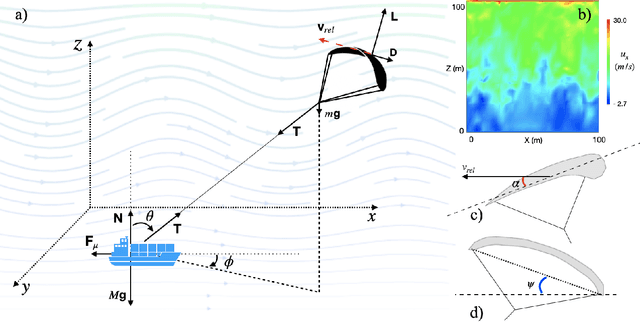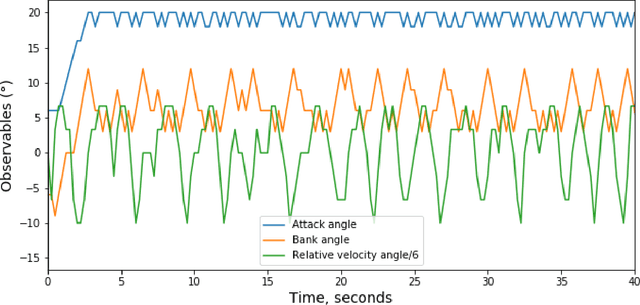Optimizing Airborne Wind Energy with Reinforcement Learning
Paper and Code
Mar 27, 2022



Airborne Wind Energy is a lightweight technology that allows power extraction from the wind using airborne devices such as kites and gliders, where the airfoil orientation can be dynamically controlled in order to maximize performance. The dynamical complexity of turbulent aerodynamics makes this optimization problem unapproachable by conventional methods such as classical control theory, which rely on accurate and tractable analytical models of the dynamical system at hand. Here we propose to attack this problem through Reinforcement Learning, a technique that -- by repeated trial-and-error interactions with the environment -- learns to associate observations with profitable actions without requiring prior knowledge of the system. We show that in a simulated environment Reinforcement Learning finds an efficient way to control a kite so that it can tow a vehicle for long distances. The algorithm we use is based on a small set of intuitive observations and its physically transparent interpretation allows to describe the approximately optimal strategy as a simple list of manoeuvring instructions.
 Add to Chrome
Add to Chrome Add to Firefox
Add to Firefox Add to Edge
Add to Edge